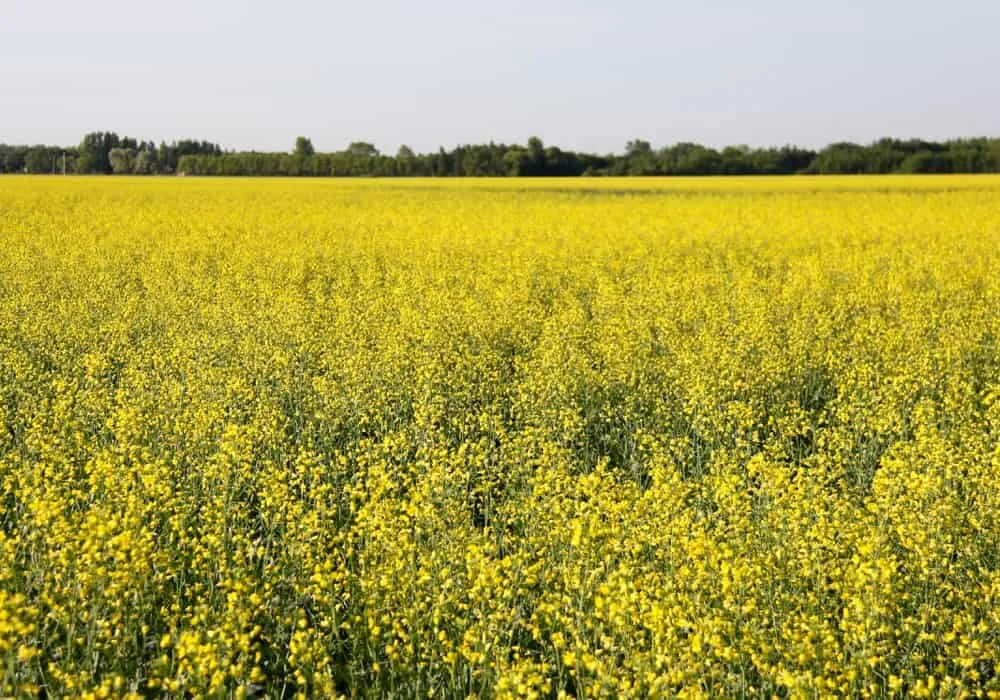Rising commodity prices are good news for ag producers
By Joan Janzen
joanjanzen@yahoo.com
20, most people are looking for good news in 2021. Fortunately, agriculture producers on the prairies have been the recipients of some very good news, in the form of rising commodity prices.
“The price of commodities right now haven’t been this high in ages,” Laurie Kelly who farms in the Brock area, said. “It looks really good for locking prices in for next year’s crop.”
Canola prices have been steadily rising, with prices rising higher than they have been in over a decade. Government data reveals that Canada has already exported 33 percent more canola year-to-date over last year.
Commodity brokers say prices lasts year at this time were around $10, and now prices have reached $16 a bushel, which prices reaching as high as $16.25 a bushel. These unheard of rising prices are a result of China stockpiling canola oil and canola meal and other agricultural commodities during the pandemic.
Most farmers had sold over half their canola before the prices began to rise, but others who have canola remaining are able to cash in on the current high prices. However Canola prices aren’t the only commodity to rise 11 percent above the five-year average. The forecast is for spring wheat prices to do equally as well, rising 16 percent above the five-year average, and durum wheat is also seven percent higher than the five-year average. Feed barley, flax and oats are also seeing significantly higher prices. These prices cause producers to become more optimistic for the near future.
Alan Chiliak from Redwing Farms Ltd. near Oyen said, “When we get more for our products than we had anticipated, it really helps our short term management, as we now have surplus funds to maybe pay off some long-term debt, or maybe push up a planned capital purchase, or perhaps try for a bit more production next year with more inputs to produce a better crop. Many farmers look at opportunities like this to try to acquire more land so they can grow more, which leads to demand for farmland.”
On the other hand Chiliak noted these higher prices are usually followed by corresponding rising costs for the commodities farmers use in their production. He observed that higher grain prices almost always result in higher fertilizer and fuel prices, and often lead to lower prices for cattle, as grain is used to feed the cattle to finish weights.
According to the Farm Credit Corporation, commodity prices look promising for the short term as most major grains will continue to see strong prices in the first half of 2021, while harvest and weather events will determine prices during the last half.

